ᏧᏪᏅᏒᎢ
• Land •





Cherokee peoples’ connection to our ancestral homeland is an integral part of our collective Cherokee identity. We are not simply from our land; we are of our land. Our landscape and natural materials inform our art, our ceremonies, our government, the foods we eat, and so much more.

According to archaeology, Cherokee people have had continued occupation of our homelands for at least 15,000 years, but our oral histories say that we as Cherokee people have existed in our homeland since time immemorial.
After European contact, several land dispossessions occurred, the biggest and most extreme being the United States Indian Removal Act of 1830, attempting to eradicate all Native people from the southeast portion of the United States. This caused a split of the Cherokee Nation; as a result, there are three Federally Recognized Cherokee tribal nations. The Eastern Band of Cherokee Indians, located in a small portion of our ancestral homeland, Cherokee Nation, and the United Keetoowah Band, both located in Oklahoma.




We are not simply from our land; we are of our land.





ᏙᎯ
• Worldview •





The Cherokee worldview varies greatly from each individual Cherokee person today. However, many ancestral concepts are still believed and practiced by many Cherokee people.

Ancestrally, space is thought of as three worlds, the underworld, the middle world, and the upper world.
The three worlds are not associated with the concepts of good and evil and instead are all integral to the concept of tohi. Tohi has no one direct translation to English but has often been most commonly associated with the English words balance or peace. Tohi is an essential component to ancestral concepts of the world and provides a viewpoint necessary to understanding the Cherokee relationship to place and belonging, and the intention to maintain balance or peace.







ᎠᎲ ᏗᎫᎪᏔᏂᏓᏍᏗ
• Cherokee Resistance to Colonization •
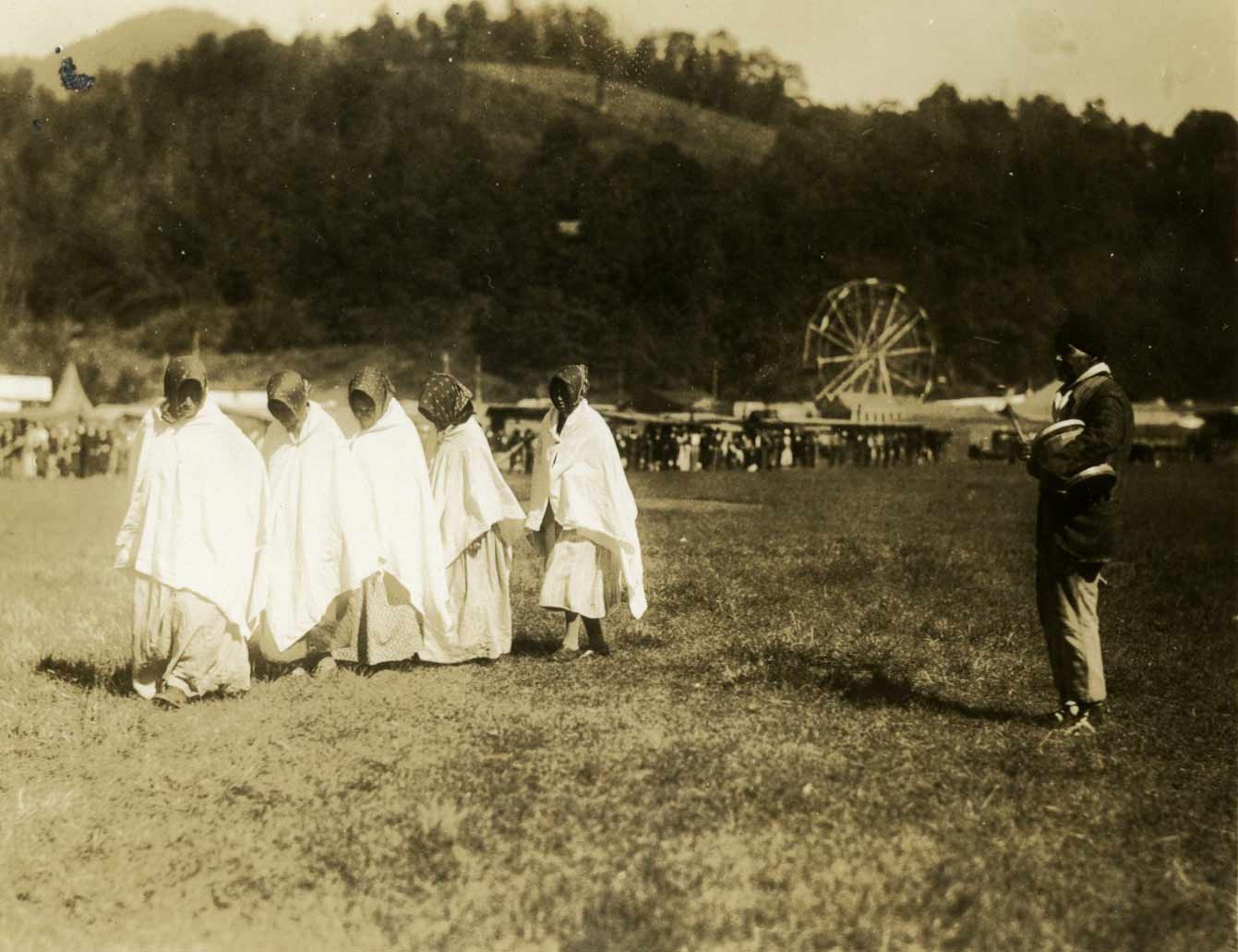


Colonization is the act of foreign powers establishing, through various tactics of force, control over an Indigenous nation/population. Settler colonialism is the continuation of colonization in which settlers permanently form a society there and continue to displace and marginalize Indigenous people.




Throughout our history, Cherokee people have been tactfully innovative in the resistance of colonization and settler colonialism.

We have fought wars, signed nation-to-nation treaties, utilized state and federal court systems, developed a written language, purchased stolen land back, established new forms of government and so much more, all to resist the threat of colonization from various European governments and eventually the United States.
Today, Cherokee people continue to find intentional ways to combat the effects of settler colonialism and protect our nation's sovereignty.



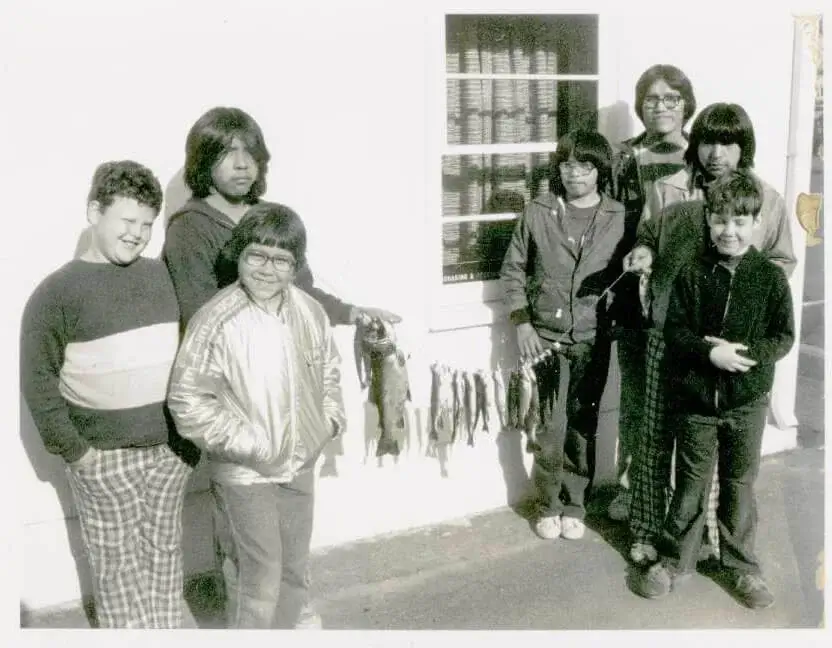


ᏗᏓᏘᏁᎩ
• Cherokee Leadership •
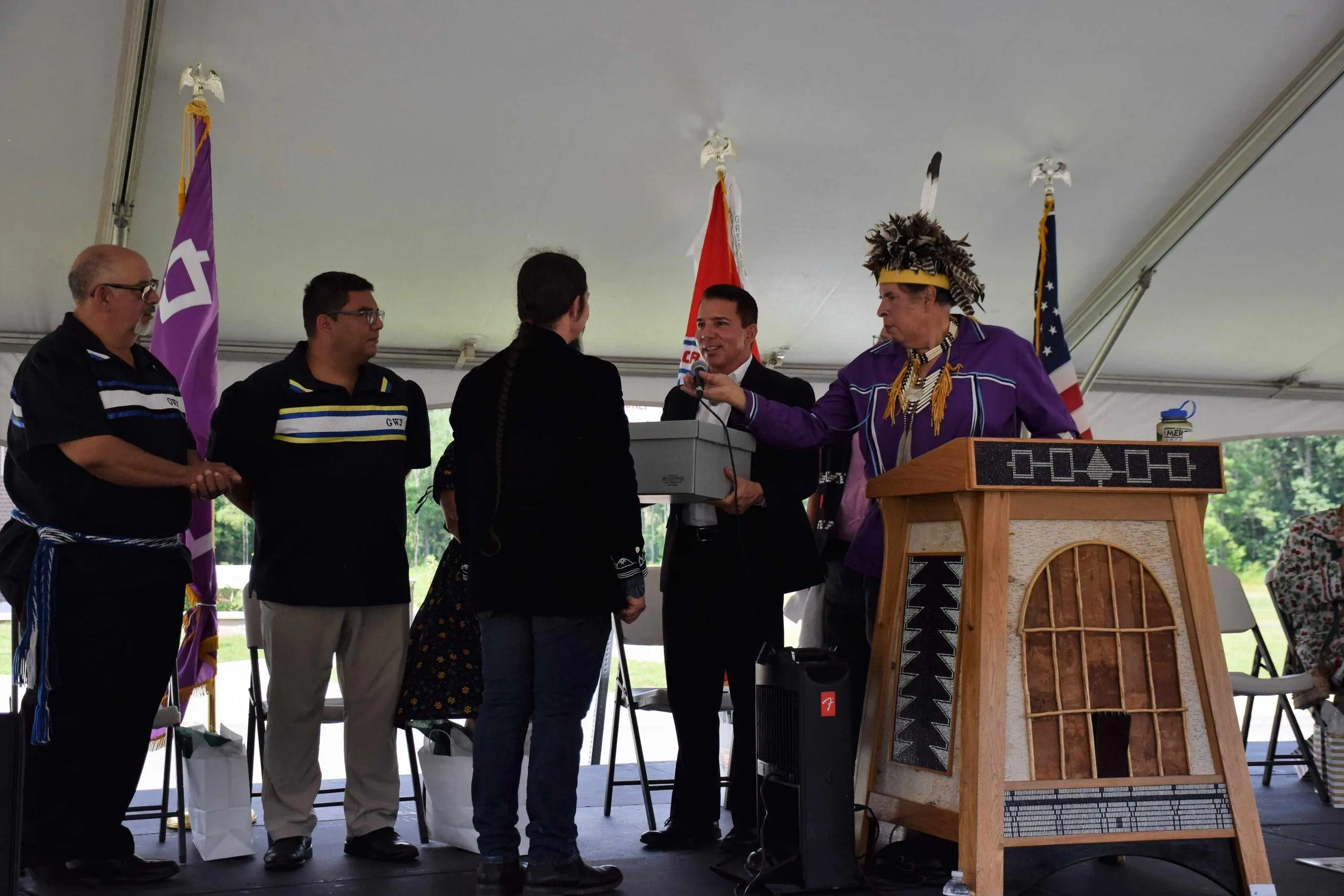




There are now three distinct federally recognized Cherokee tribal nations: the Eastern Band of Cherokee Indians, Cherokee Nation, and the United Keetoowah Band. Our current government structures are modeled after the United States government and has 3 branches, executive, legislative, and judicial.
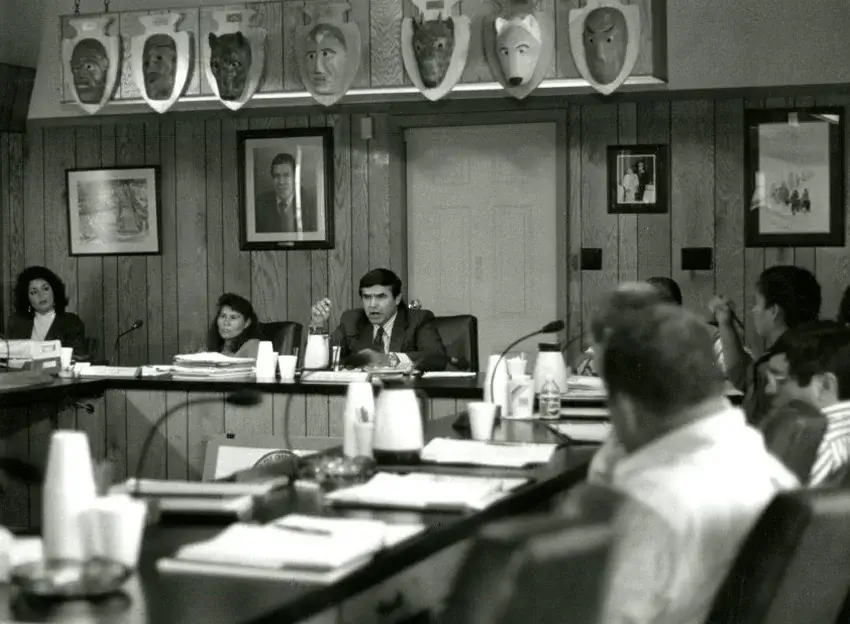
Each Cherokee tribal nation has its own separate governing body, but all have a Chief and Vice Chief making the executive branches, a Tribal Council that makes up our legislative branches, and a court system that makes up the judicial branches. The terms “chief” and “council” are not traditional Cherokee terms and are western concepts, although many have come to think of them as associated with tribal nations.
Our government today functions very differently from our traditional form of government. Traditionally, each Cherokee town governed itself autonomously of one another, with no one leader or ruler. Townships made decisions based on consensus and leaders sought to ensure that the decisions made by their township were carried out. This functioned well for Cherokee people for thousands of years and accounted for the unique individual needs of each township.



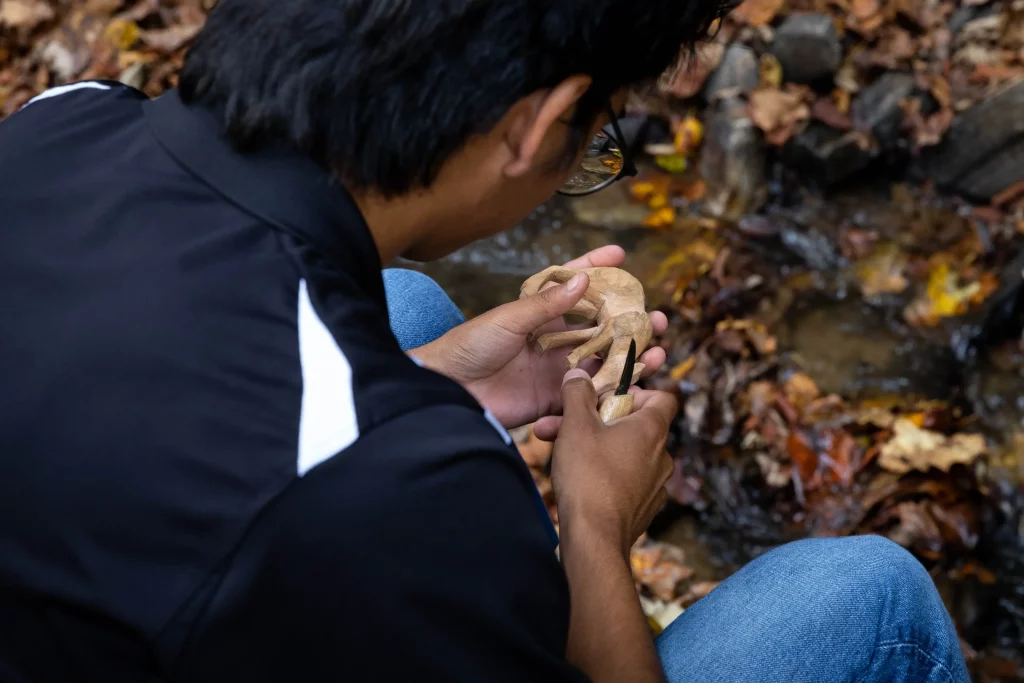







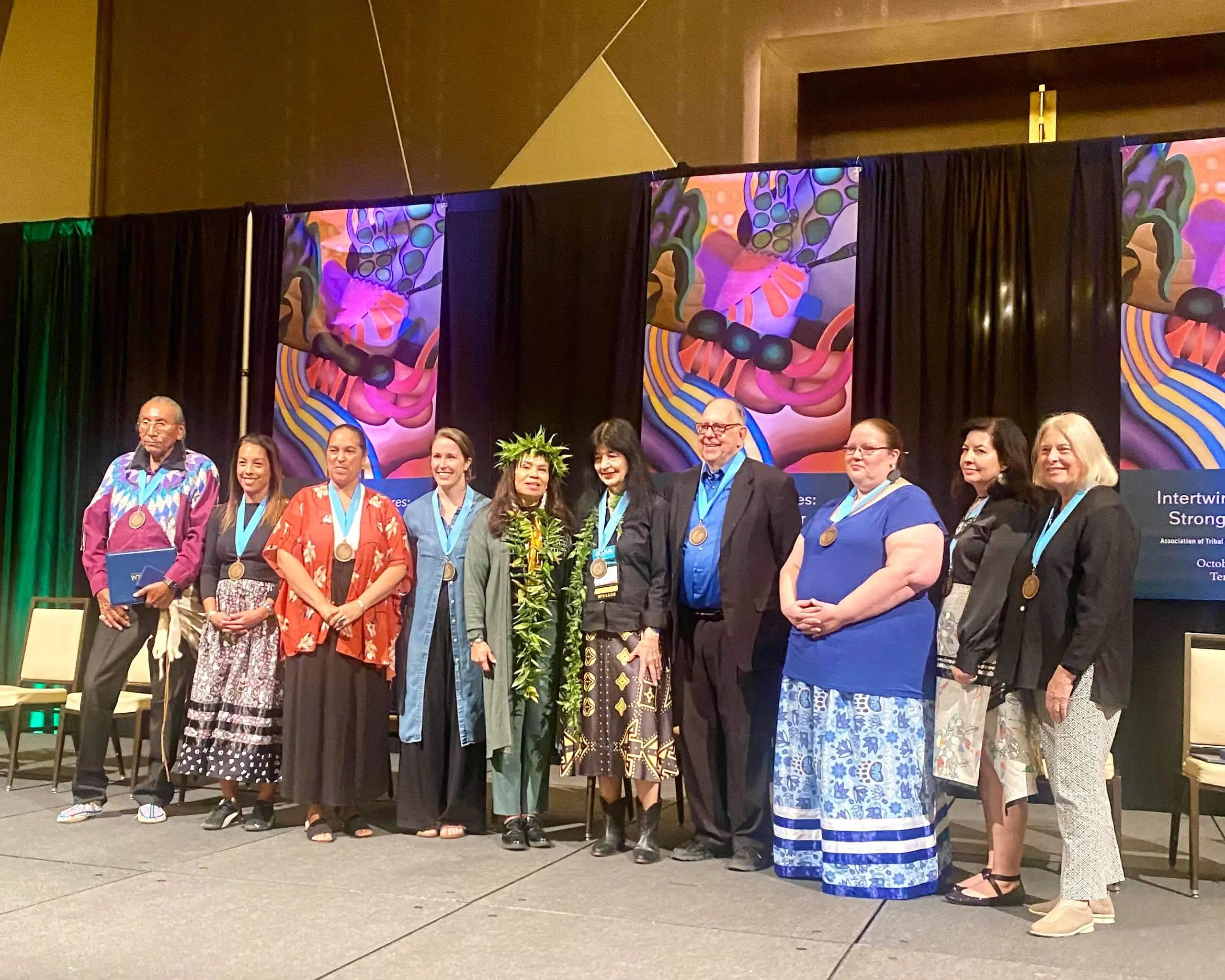
Pinnacle Moments for Cherokee People

Origin
Cherokee people have a connection to our ancestral homelands that is tied to our origins as a people. We do not just inhabit the land: we are of the land. Archaeologists agree that Cherokee people have inhabited our ancestral homelands for at least 15,000 years.
1540: Contact
Hernando de Soto’s 1540 expedition marks the beginning of European invasion for Cherokee people. The expedition resulted in significant loss of life for Cherokee people due to aggression and disease.
1819: Civilization Policy
When the U.S. Civilization Policy was created in 1819–only 62 years after the United States was established–Cherokee people had been interacting with European powers for 350 years. This was one of the first politics the U.S. created to address what they called the “Indian Problem.” The policy was promoted as civilization but ultimately resulted in the dispossession of land for Cherokee people and other Native nations. The term “civilization” was used against Native nations before and after this policy was created to subjugate Native culture and identity, which was widely seen as “savage.”
1838: Removal
The Indian Removal Act of 1830, enacted by President Andrew Jackson, sought to remove all Native nations in the Southeast portion of the United States to Indian Territory (present-day Oklahoma). Cherokee people fought against removal, taking it to the Supreme Court in the landmark case Worcester v. Georgia, which determined that removal was unconstitutional. However, Jackson moved forward despite the court’s decision, and Cherokee people were forcibly removed in 1838, resulting in extreme numbers of death and sickness. Some strategically found ways to stay in our ancestral homelands and would eventually become the Eastern Band of Cherokee Indians (EBCI). The existence of the EBCI and other Native nations that remain in the Southeast today are a reminder that the Indian Removal Act, although incredibly impactful in separating Native nations, failed in its ultimate goal of total land dispossession.
1840s-1868: Establishment of the Qualla Boundary
Following the Removal period, Cherokee people who remained in the east enlisted the help of William Holland Thomas, a white businessperson who lived among the Cherokee, and began purchasing land back throughout the 1840s and 1850s. Thomas agreed to hold the title of the lands purchased by the Eastern Cherokee (later the Eastern Band of Cherokee Indians) in his name, as Native people could not hold title in the state of North Carolina post-Removal. In 1866, Eastern Cherokee was incorporated under a North Carolina charter to transfer ownership of land from Thomas to the Eastern Cherokee. In 1868, the Eastern Cherokee received federal recognition under the band Eastern Band of Cherokee Indians, and the land that they purchased back with the help of Thomas became the basis for the Qualla Boundary, the trust land of the EBCI.
1924: The Baker Roll
In 1924, Congress passed an act establishing a commission to compile data on the Eastern Band of Cherokee Indians and establish a “roll” determining how many EBCI citizens–who they termed “members”–there were. Congress appointed Fred A. Baker, for whom the roll is named, to lead the commission to determine tribal citizenship of the EBCI. The Baker Roll, completed in 1929, remains the basis of EBCI enrollment. Many Americans have family lore of having Cherokee ancestry; however, ancestry does not always equate to citizenship. For the EBCI, the tribal government decides the criteria for enrollment, one of those being an unbroken and proven ancestral link to the Baker Roll.
1934: Designation of the Great Smoky Mountains National Park
Prior to 1934, the logging industry was one of the main economic drivers for the EBCI. However, the designation of the Great Smoky Mountains National Park marked a momentous change to the EBCI economy, with one of the major entrances to the park routing visitors directly through the Qualla Boundary. The Qualla Boundary was one of the poorest areas in the United States in the 1930s, and developing the tourist economy offered the EBCI the opportunity to develop an entirely new industry. Most Americans’ understanding of Native culture came from television and movie Westerns of the time showing stereotypical depictions of Native culture that incorporated elements of Plains tribes. In developing a tourist industry, Cherokee people leaned into the stereotypes and created a pan-Indian model.
1988: Indian Gaming Regulatory Act
The Indian Gaming Regulatory Act of 1988 came after the U.S. Supreme Court decision in California v. Cabazon Band of Mission Indians, which ultimately found that, due to tribal nations’ nation-to-nation relationship with the federal government, California had no authority to apply regulations on gaming to the Cabazon Band of Mission Indians. This case is the basis of the Indian Gaming Regulatory Act and acknowledges federally-recognized tribes’ right as sovereign nations to conduct gaming on their tribal lands. The EBCI finalized its own gaming compact in 1994 with the state of North Carolina and opened its first gaming venture in 1997. The EBCI uses gaming revenue to enrich the lives of its citizens through tribal programs, services, healthcare, and so much more.
1990: The Native American Graves Protection and Repatriation Act (NAGPRA)
The Native American Graves Protection and Repatriation Act (commonly called NAGPRA), passed by the United States Congress in 1990, is a law that assists Native people in protecting human remains and objects from looting theft, and unethical collecting, and gives Native nations a legal avenue to seek repatriation of their ancestral human remains and cultural objects. NAGPRA only applies to federal lands and institutions that receive federal funding and does not address the entire issue of unethical collection of Native people’s ancestral human remains and cultural objects.
2021: Kituwah in Trust
Kituwah is a sacred site for Cherokee people, and we consider it our mother town. Kituwah was dispossessed from Cherokee people sometime after the Removal. Although the land was purchased by the EBCI in 1997, the land did not go into trust until 2021. “Trust land” refers to land title held in trust by the United States on behalf of Native nations in the U.S. EBCI trust land is owned by the Eastern Band of Cherokee Indians with the title held in trust by the United States, and is governed by the laws of the Eastern Band of Cherokee Indians.
Annotated Bibliography – Coming Soon




